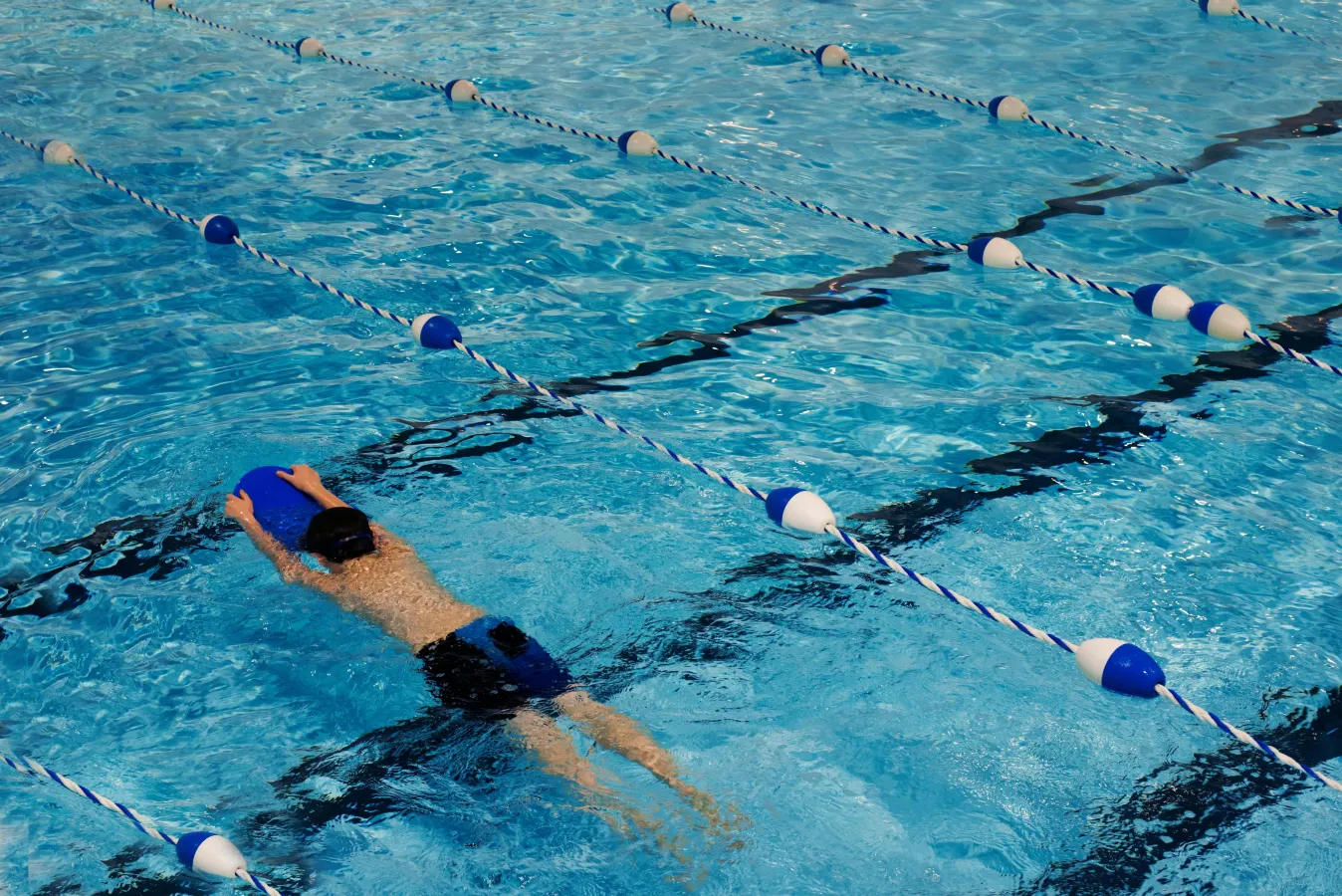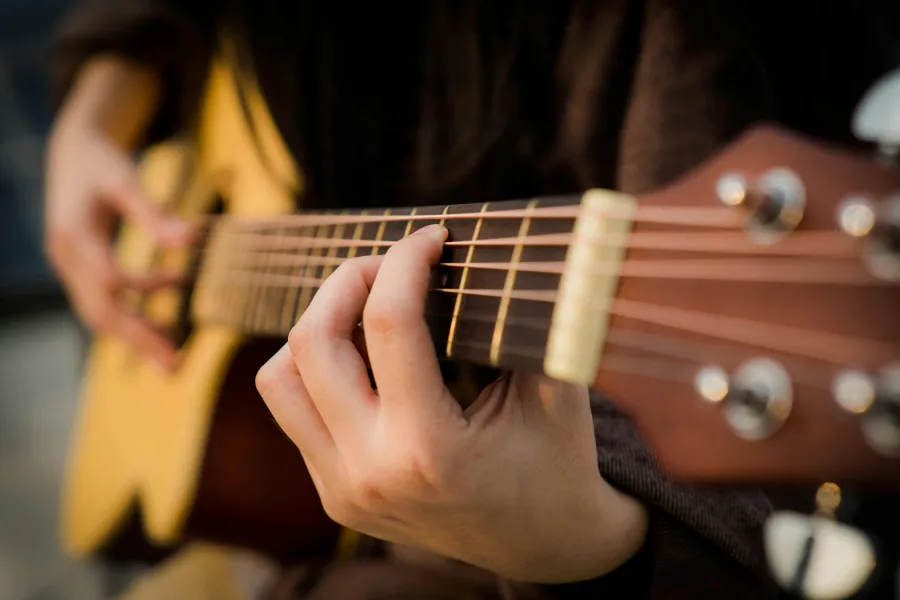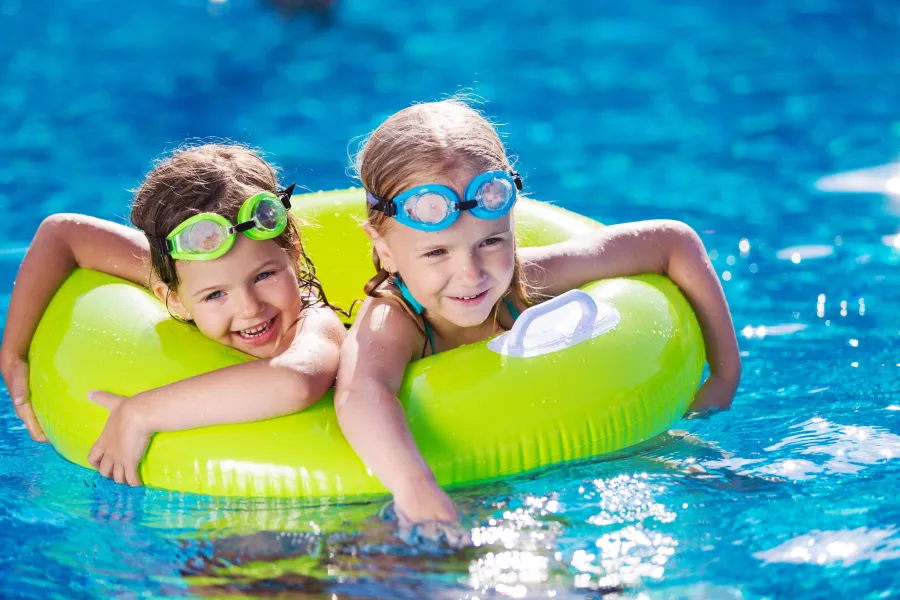Swimming is a useful physical activity that can also be enjoyable, especially in hot climates. Despite the fact that babies confidently stay afloat instinctively, many adults have no control over this skill and they have to learn it. In this article, we will tell you how to learn to swim from scratch and answer the questions that often arise in people's minds immediately after the thought "I want to learn to swim".
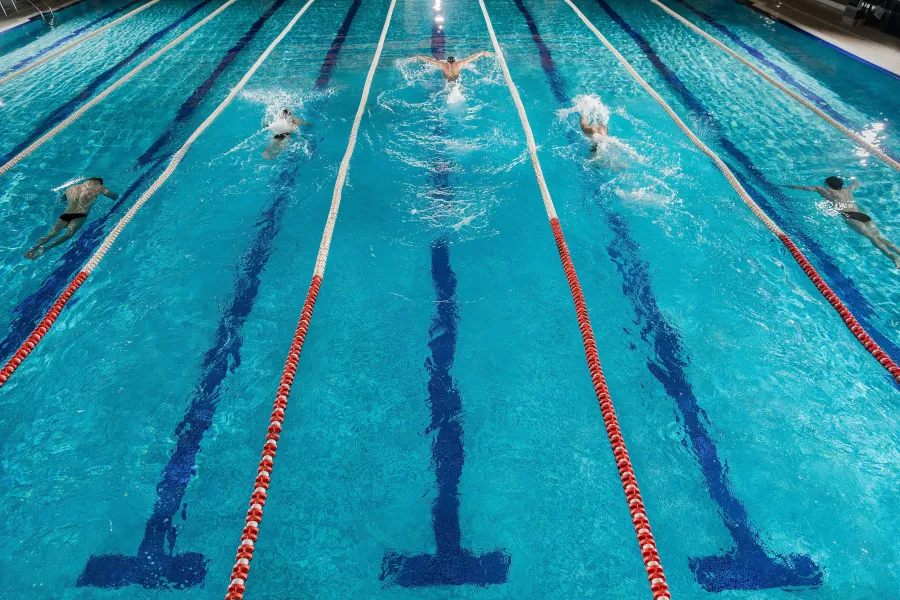
It is worth noting that swimming may not benefit everyone, there are a number of diseases in which physical exercise in the water will have an adverse effect on health. For example, prolonged exposure to moisture can worsen the course of some skin diseases. In addition, physical exertion during intensive swimming can negatively affect weakened lungs or the cardiovascular system. Therefore, people with problematic health are advised to consult a doctor before starting swimming classes.
However, for people with a normal body condition, swimming is undoubtedly a useful activity. It does not load the joints and simultaneously engages many muscle groups, while having a noticeable strengthening effect. Swimming is considered a good stress reliever, has a positive effect on the mobility of the limbs and spine, and keeps the lungs and heart in good shape. However, it should be borne in mind that a beneficial effect is achieved only when using the right swimming techniques.
Where can I learn to swim?
It is not so easy for an adult to quickly learn to swim, often over the years a person becomes more circumspect, overcomes the fear of depth more difficult and can hardly force himself to break away from the saving firmament of the shore. Of course, it is best to master a new skill in the pool under the supervision of a specialist, and a competent swimming instructor will be able to help the student cope with psychological difficulties. In addition, under the supervision of an instructor, a novice swimmer will not drown and will get rid of beginner's mistakes faster.
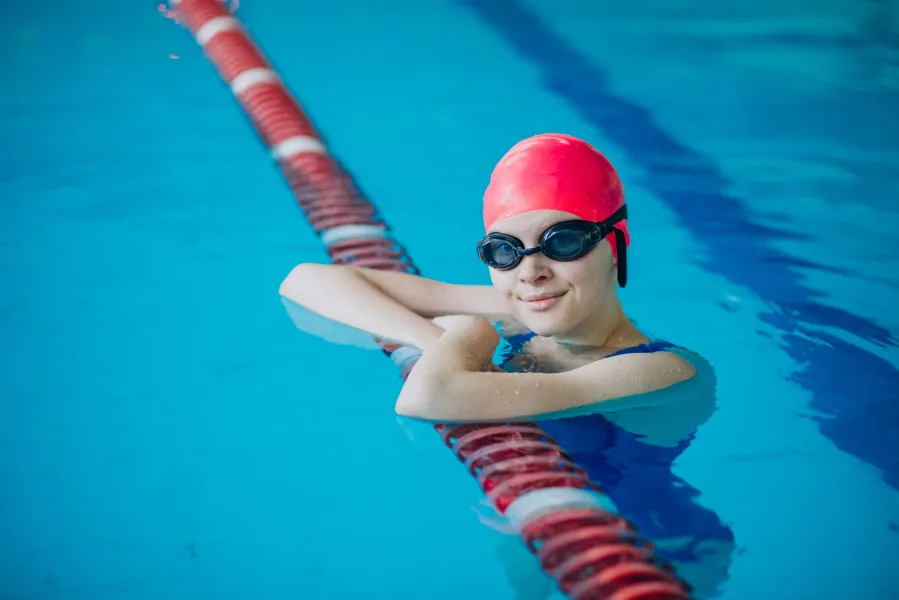
If group classes are held in an all-season indoor pool, then, as a rule, training sessions are held all year round. Outdoor pools are open only in the warmer months and it is not always possible to practice there. In addition, It can often offer swimming training services to some water parks, which also work intermittently in most cases. As a rule, adult and child education is conducted separately due to different teaching and training methods. In addition, the temperature in the adult pools is usually maintained in the range of 28-29 °C, while for children this norm is slightly higher.
However, if you follow the safety rules and have some theoretical training, you can learn to swim on your own, using any suitable reservoir for this. The easiest way is to learn to swim on your back, this is due to the fact that in this position the person's face is directed upwards and it is easier for him to breathe, and the main physical load falls on his legs.
How do I learn to swim in a pool?
A good option would be to sign up for group classes under the guidance of an instructor. In a company with like-minded people, learning a new skill is not only more fun, but also more effective, as the motivating effect of a society united by common goals will affect. Individual lessons with a coach are also not without their advantages, with this approach you get more attention, which helps you learn swimming techniques faster.
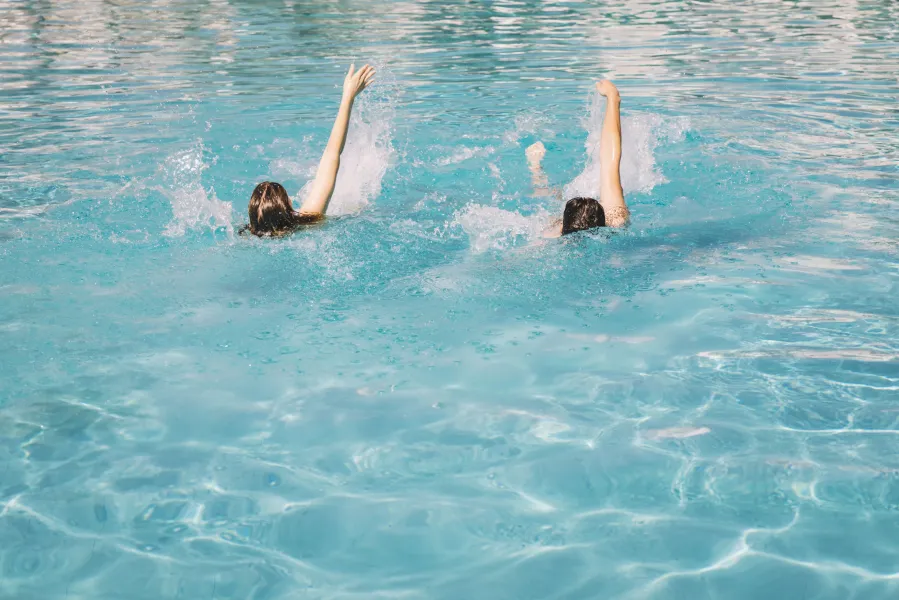
How many lessons can I learn to swim in?
The duration of training primarily depends on the diligence of a novice swimmer and his personal aspirations. You can learn to stay on the water without choking in half an hour, but for basic mastery of the correct technique of swimming in one of the classical styles, you will need at least 10-15 lessons. The mentor's level of competence also has an important impact on the learning rate. Ideally, this should be a person who has graduated from a physical education university and has the qualifications of an instructor.
How can I easy learn to swim?
As in the case of the previous question, a lot depends on what heights an individual novice swimmer wants to reach. To achieve a professional level, tens or even hundreds of thousands of hours of hard training will be required, and in this case it will not be easy. For obvious reasons, most people do not need to put so much effort into training, but even for an amateur swimmer, regular exercise and self-discipline will be useful.
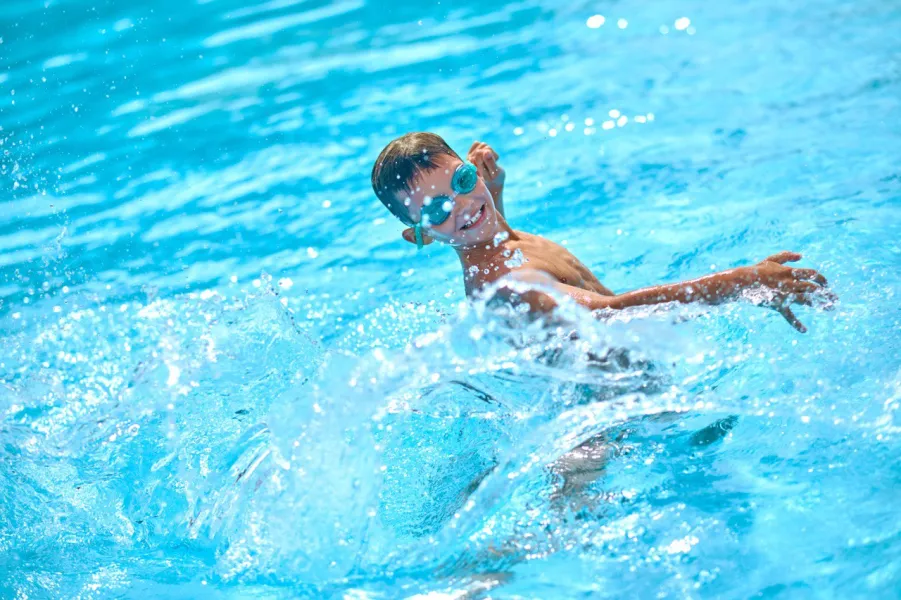
How can I learn to swim quickly?
Paradoxically, if a beginner wants to learn to swim quickly, contrary to his expectations, this approach often has the exact opposite effect and significantly slows down progress. The first training sessions with practicing techniques should be measured and unhurried, at this stage it is important to feel the phases of the stroke, master proper breathing and learn how to perform all movements in a single rhythm. Perhaps this is the period that most depends on the mentoring talents and conscientiousness of the instructor. There are a lot of videos on the Internet that describe various swimming techniques in detail, but it won't help you see your own mistakes. An attentive coach will immediately see the flaws of his ward and will be able to tell you how to fix them.
With sufficient personal motivation and the ability to self-control, each person learning to swim can independently accelerate their progress. In addition to swimming-related activities in the pool, there are a number of auxiliary exercises that can be performed even at home. In particular, the practice of "dry" correct breathing is effective, which is essential in any swimming technique.
During swimming, breathing should be performed as follows:
- Inhale with your mouth over water, and exhale under water with your nose and mouth at the same time.
- To compensate for the oxygen consumption by the muscles during swimming, breathing should be more intense than usual. Deep, rapid breaths should alternate with increased exhalations when the air is completely released from the lungs.
- With proper implementation of any swimming technique, breathing should be synchronized with strokes, so the rate of inhalation and exhalation directly depends on the speed at which you swim.
- When breathing, you need to use not only your chest, but also your stomach. This method of ventilation eases the load on the muscles and allows you to maintain strength for longer.
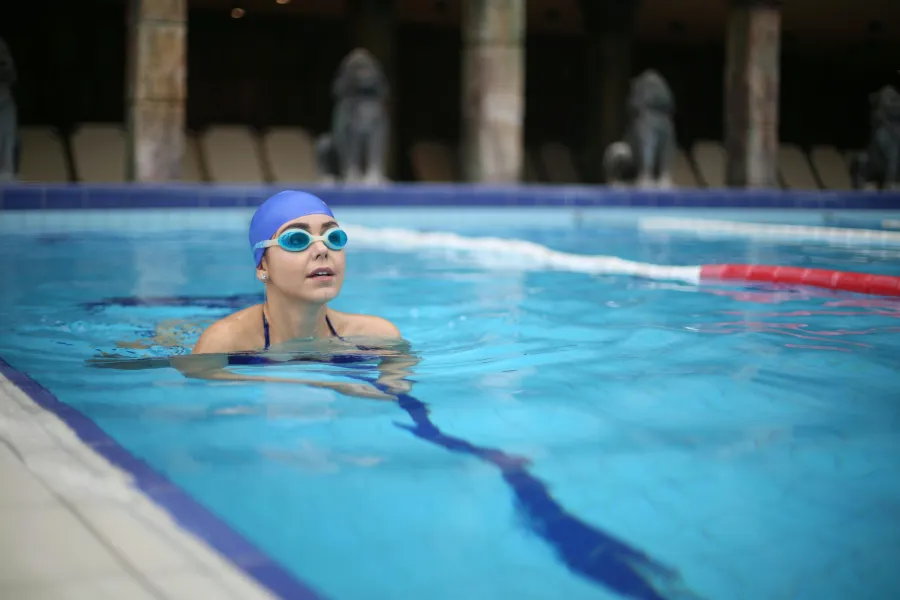
After realizing these basic principles, you can start practicing breathing exercises outside of the pool. The simplest, but at the same time effective examples of breathing exercises include the following practices:
- Deep breathing practice. Exhale with effort, emptying your lungs as much as possible, then inhale deeply, but not quickly. Hold the air for 5 seconds, repeat the cycle for several minutes. The depth and duration of inhalations and exhalations should be adjusted based on your feelings, the exercise should not cause you discomfort.
- Breathing with resistance. In this exercise, you need to take deep breaths and long exhalations through partially compressed lips, as if you are inflating an imaginary balloon. As in the previous exercise, you should not make excessive efforts, choose the optimal rhythm for yourself and do not try to set personal records.
- Holding your breath is a simple and uncomplicated way to strengthen your lungs. Take a deep breath, hold the air for 20-30 seconds, exhale, repeat several times.
It should be borne in mind that in the absence of physical activity, breathing exercises can lead to hyperventilation and subsequent dizziness, therefore, it is worth doing such exercises without fanaticism, carefully listening to your own well-being. It would be wise to alternate lung training with other exercises, fitness bands, light dumbbells or intense warm-up movements will be a good help here.
Unlike swimming techniques, many auxiliary exercises can be mastered independently, and in this case watching training videos or reading relevant articles will be able to provide a person with sufficient understanding of the essence of the training process. And most importantly, forget about the doubts "I can't learn to swim", you will definitely succeed! Mastering this skill will bring many joyful and pleasant moments.
